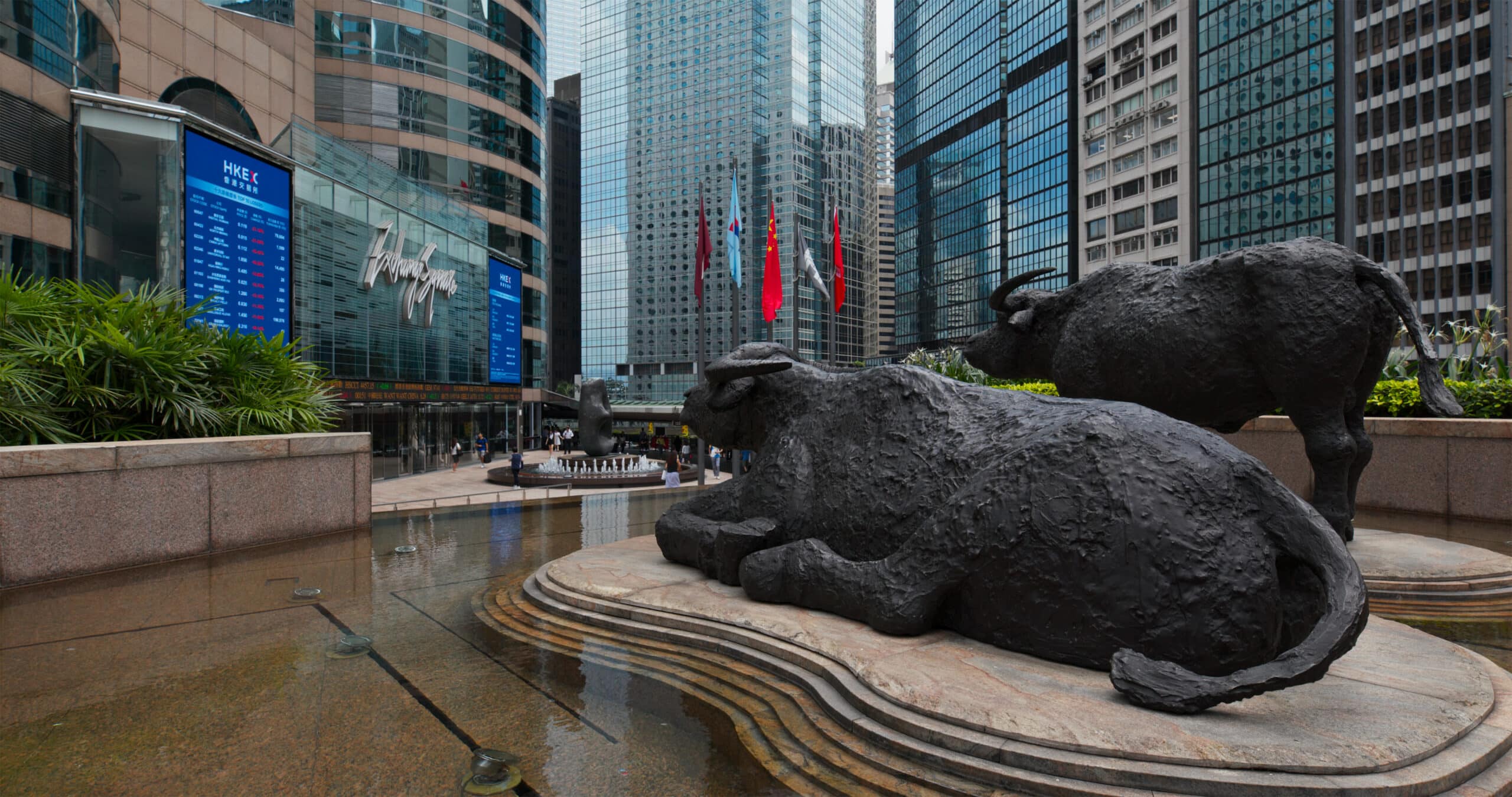 |
| Gold V.1.3.1 signal Telegram Channel (English) |

Hang Seng Index Five-Year Outlook: The Strategic Clash Between Technology Stocks and Traditional Industries
2025-11-17 @ 22:03
Hang Seng Index Five-Year Outlook: The Strategic Clash Between Technology Stocks and Traditional Industries
The Hang Seng Index (HSI) is at a pivotal juncture as it navigates a historic structural transformation. Since early 2025, the HSI has surged over 35.4%, reaching levels near 27,121, substantially outperforming global peers. This robust ascent has been fueled by a technology-led growth cycle spearheaded by AI advancements, juxtaposed against persistent weakness in traditional sectors such as retail, real estate, and logistics. Over the next five years, the HSI’s trajectory will hinge on three critical drivers: accelerated expansion of the tech innovation economy, structural waning of traditional labor-intensive industries, and evolving capital flows supported by Greater Bay Area policies and international investment dynamics. Consensus forecasts project the HSI to reach approximately 27,500 by mid-2026 in a base case, with upside to 34,700 in optimistic scenarios and downside risks to 18,700 under adverse conditions. This analysis distills these factors into a comprehensive framework to guide investors and policymakers through this transformative period.
Current State and Technical Foundations of the Hang Seng Index
As of October 7, 2025, the HSI closed at 27,125 points, buoyed by gains around 0.6% and holding above key technical support levels. The index has experienced a significant rebound since mid-2024, aided by Chinese policy easing and anticipated Federal Reserve rate cuts, achieving a YTD gain of over 35%. Valuation metrics have improved from historically low multiples; the dynamic price-earnings ratio stands near 9.3, rendering the market comparatively attractive versus mainland Chinese and U.S. equities. Technical indicators reveal a sustained uptrend with short-term moving averages above longer-term ones, confirming momentum. Resistance levels loom at 27,698 and 28,483 points, while support is anchored around 26,287 and 24,888 points. However, institutional forecasts vary considerably, with projections spanning between 22,500 and over 42,000 points over the next 12 months, reflecting divergent macroeconomic and geopolitical assumptions.
Technology Sector Momentum Propelled by AI and Innovation
The growth engine propelling the HSI is unequivocally anchored in its technology segment, where AI breakthroughs have catalyzed an unprecedented rally. The Hang Seng Technology Index gained 53% over the past year, outperforming traditional sectors by a wide margin. Key constituents, including SenseTime, Megvii, and Fourth Paradigm, demonstrate competitive technological capabilities rivaling global counterparts, with deep investments in AI, computer vision, and autonomous driving. The semiconductor industry underpins this surge, with leading players such as SMIC and Hua Hong Semiconductor expanding capacity amidst geopolitical supply chain realignments. New energy vehicles, led by BYD and emerging smart mobility firms, contribute substantial growth backed by global electrification trends. International capital inflows are intensifying, with technology-focused ETFs recording substantial AUM growth, underscoring investors’ confidence in long-term sectoral earnings momentum.
Structural Decline and Challenges Facing Traditional Industries
Contrasting sharply with the technological ascendancy, Hong Kong’s traditional sectors — retail, hospitality, and real estate — confront persistent headwinds marked by demand weakness and structural erosion. Despite post-pandemic reopenings, consumer spending remains subdued, compounded by rising unemployment fears and property market contraction. Retailers grapple with competition from e-commerce and restrained inbound tourism. The real estate segment’s downturn exerts pronounced drag on financials and market sentiment, raising concerns over credit risk and capital allocation. The emergent “Lewis Turning Point” in Hong Kong’s labor market signals labor shortages and skill mismatches that inhibit workforce transitions from traditional to high-tech industries, underscoring the urgency for comprehensive reskilling initiatives and structural policy reforms to mitigate sectoral drag.
Macroeconomic Context and Policy Framework Supporting Market Dynamics
The HSI’s near- to medium-term performance is inextricably linked to Mainland China’s economic policies and broader global monetary trends. Continued economic stimulus on the mainland has bolstered investor sentiment and sustained Southbound capital inflows into Hong Kong equities, particularly tech stocks. Monetary policy shifts, notably anticipated U.S. Federal Reserve rate cuts, provide downward pressure on interest rates, enhancing equity valuations and supporting a weaker U.S. dollar, which in turn stabilizes the renminbi and encourages capital flows. Fiscal initiatives within Hong Kong focusing on innovation, financial services revitalization, and infrastructure investment further underpin market prospects. Nevertheless, fiscal discipline and geopolitical volatility remain critical constraints, necessitating vigilance on policy efficacy and global risk factors.
Strategic Trading Outlook Across Asset Classes
- Equities: Prefer technology and innovation-driven sectors with strong earnings visibility and market leadership. Selective positioning in financial services and high-quality traditional companies with restructuring potential is advised.
- Fixed Income: Monitor bond yield movements responsive to Fed policy shifts; duration exposure may benefit from anticipated easing but with caution on credit spreads amid real estate sector weakness.
- Currencies (FX): Expect moderate RMB stabilization with HKD maintaining peg stability supported by Hong Kong Monetary Authority interventions; USD likely to soften on Fed dovish pivot.
- Commodities: Demand for semiconductor materials and lithium-ion battery inputs linked to renewable energy and EV rollouts to sustain commodity markets specialization exposure.
Key Upcoming Data and Events Influencing Market Sentiment
Investors must closely monitor critical economic releases including Mainland China’s GDP updates, industrial production, and consumer price indices, which directly affect Hong Kong’s export-driven sectors. Upcoming Federal Reserve and People’s Bank of China policy meetings will be pivotal in setting interest rate outlooks. Quarterly earnings reports from key HSI constituents, especially tech and real estate firms, will provide direct earnings guidance and risk barometers. Monitoring capital flow trends via Southbound and Northbound trading volumes offers insight into investor sentiment shifts.
The Hang Seng’s future is shaped by a complex interplay of innovation-driven growth in technology stocks and the structural decline of traditional industries amidst evolving economic policies and geopolitical factors. Investors should adopt a nuanced approach emphasizing technology sector leadership, cautious exposure to restructuring traditional sectors, and vigilant risk management related to potential valuation corrections and shifts in monetary policy. The balanced incorporation of fundamental and technical analyses will remain essential for navigating this evolving market landscape effectively.




